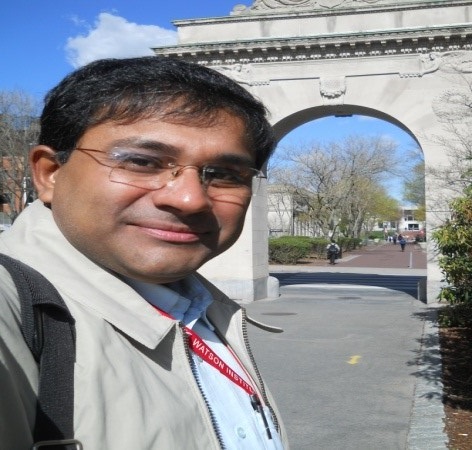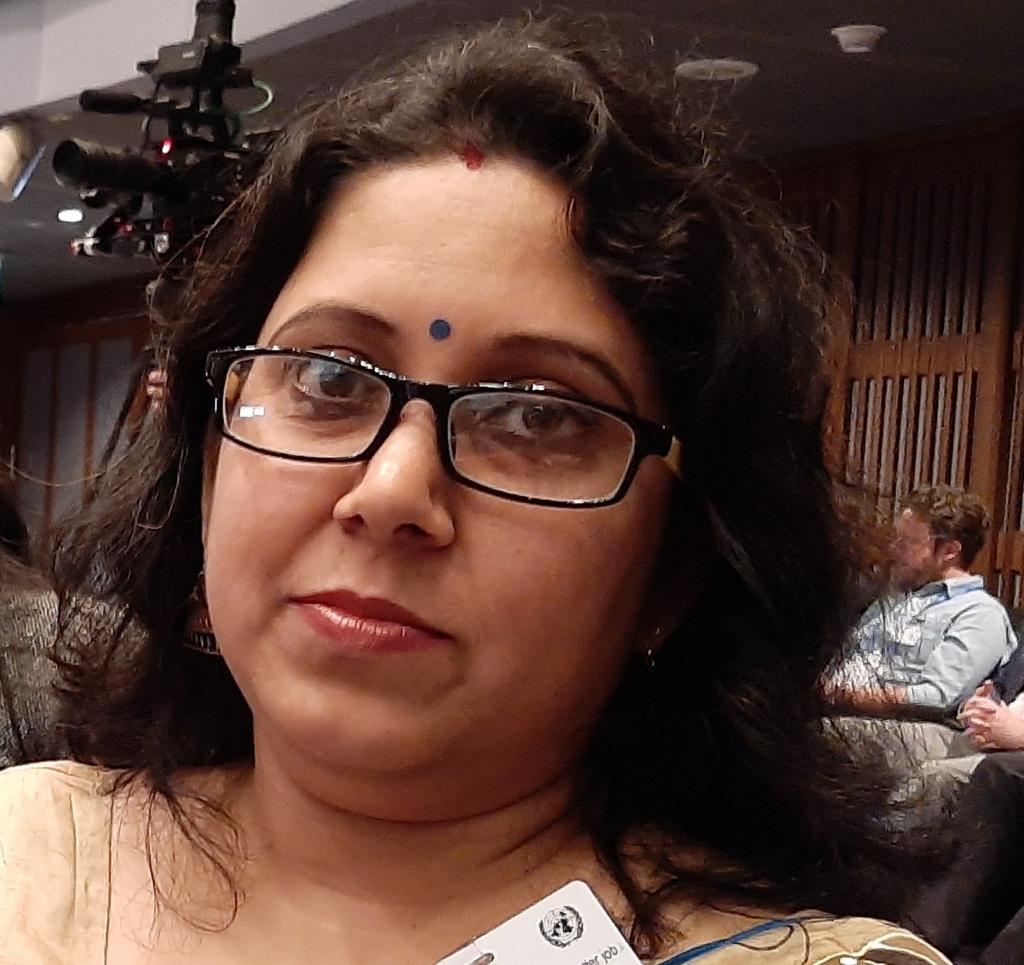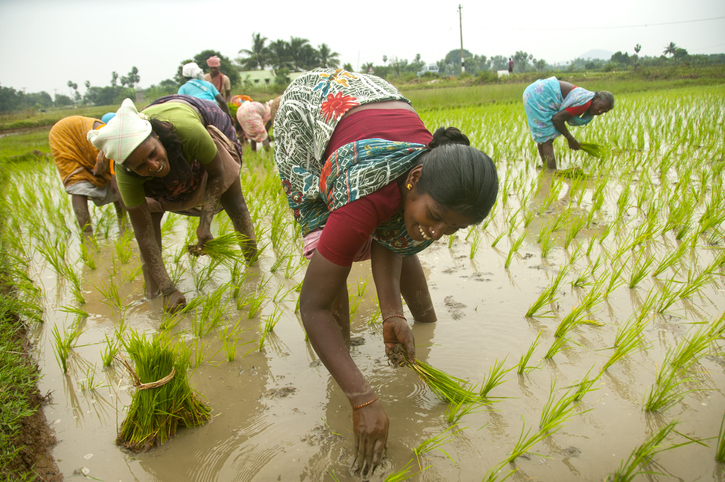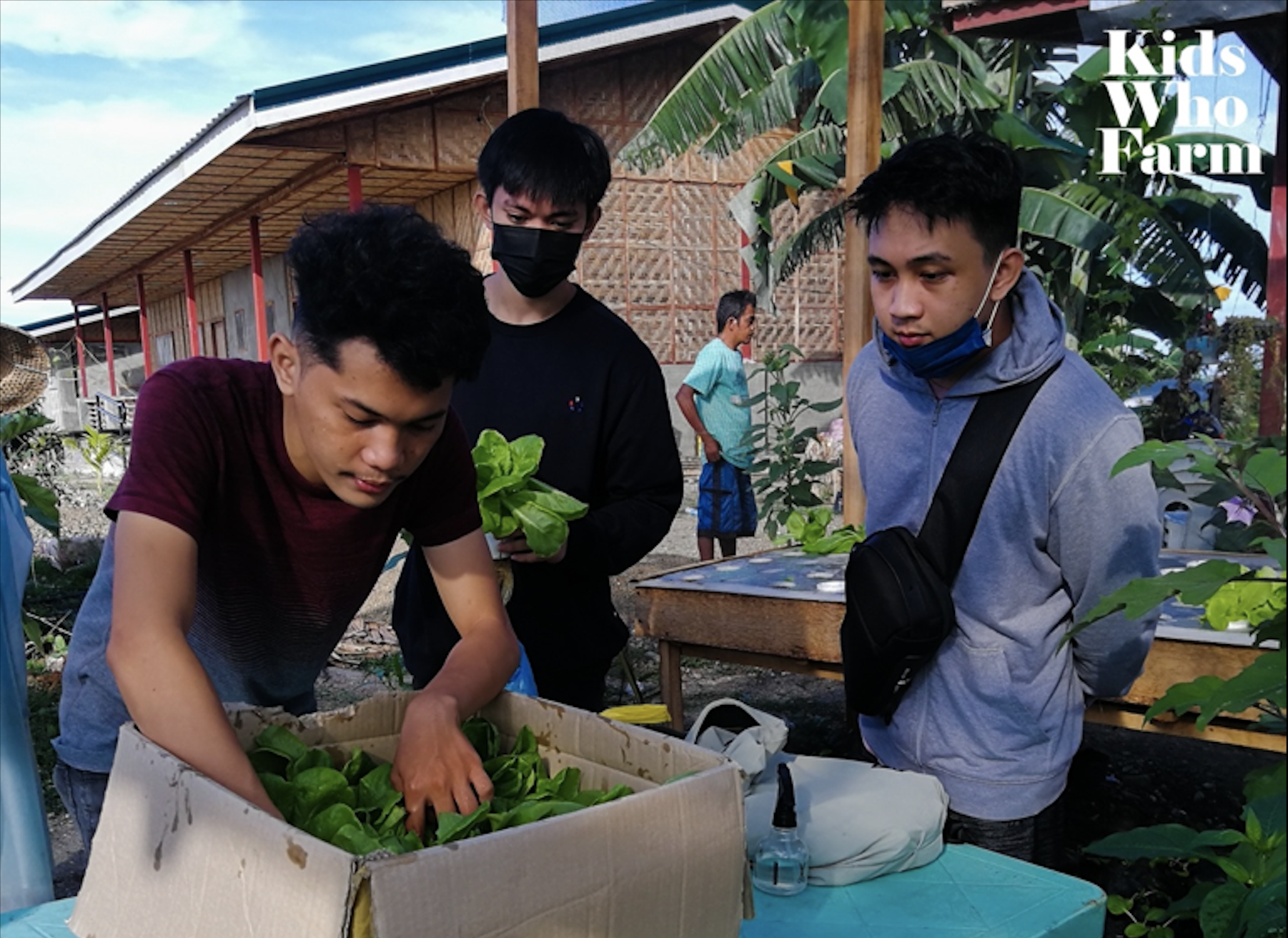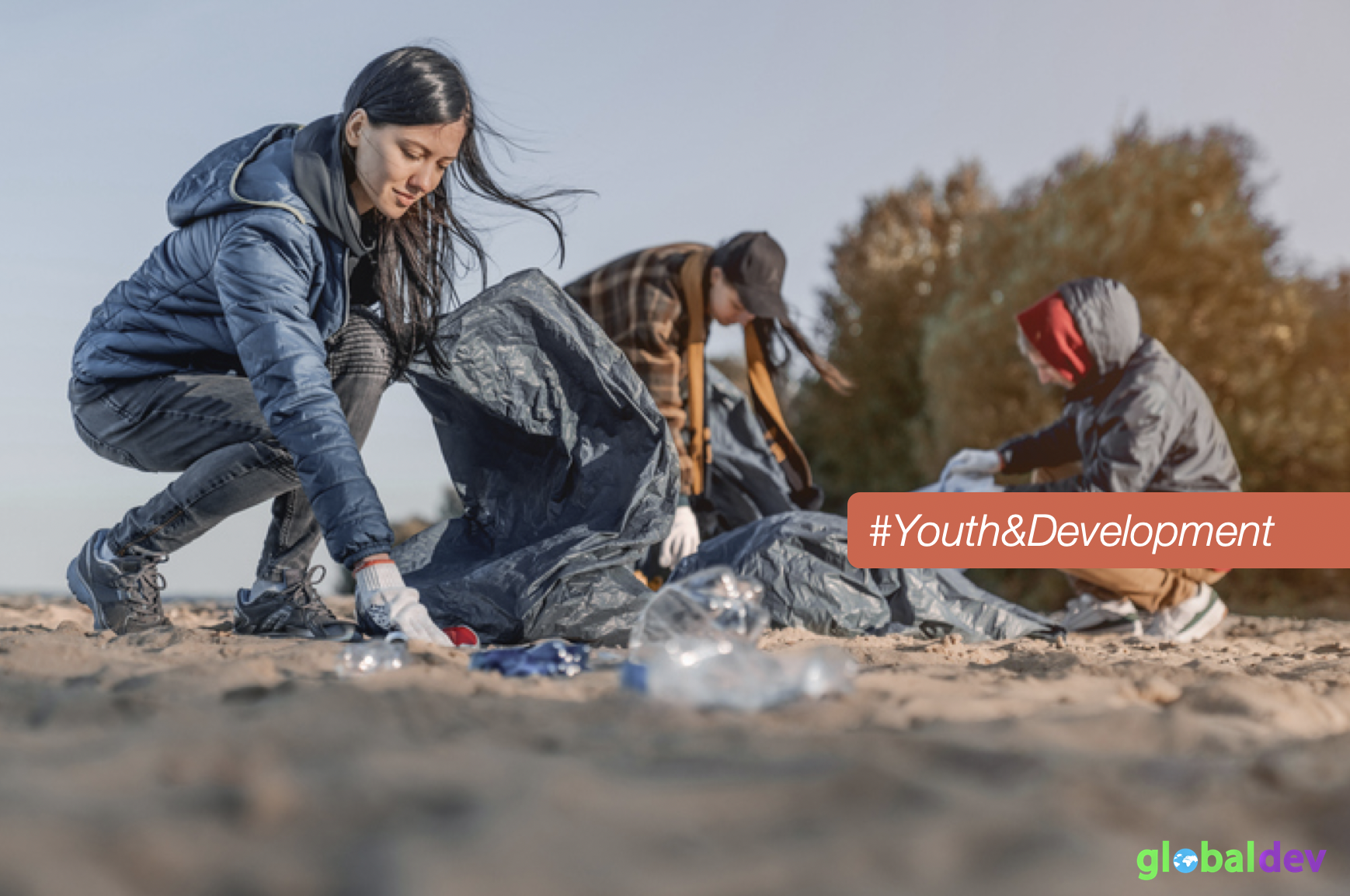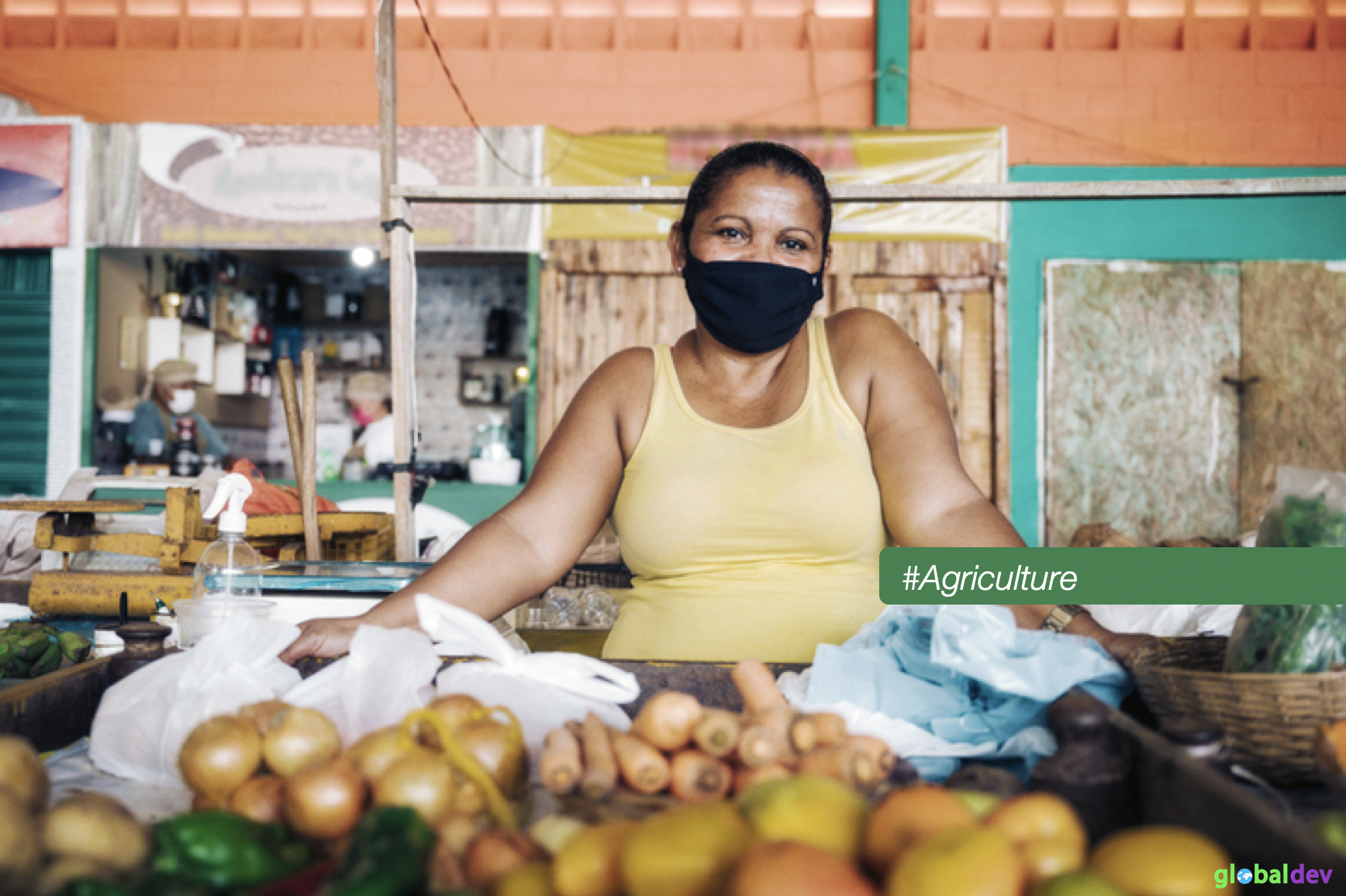India faces an unprecedented emergency as a result of the pandemic and lockdown. This column calls for radical measures to resurrect the economy over the short, medium and long run. The government must undertake a massive institutional effort and inject an enormous amount of money to reinvigorate the economy from the bottom.
India, the world’s largest democracy, is locked down – forcefully – caught now between the Scylla of the pandemic and the Charybdis of economic catastrophe. While the specter of Covid-19 is haunting the whole world, the darkness of lockdown has descended upon India’s phenomenally large and disadvantaged population engaged in petty farming and a myriad of other non-farm informal activities.
In these circumstances, India must think big to sustain life during this unprecedented emergency and to resurrect the economy in a post-Covid-19 world. The massive scale and deeply unequal nature of the impending economic disaster should compel us to veer away from the popular policy discourses relying on capitalist growth based on an impersonal, autonomous market system, and especially on more intensive use of labor, for post-lockdown economic recovery.
Such strategies may be both grossly inadequate and deeply exclusionary. They may even be intensely exploitative and unethical for the vast majority of the informally engaged and disadvantaged workforce.
Facts
Let us have a look at the enormity and deep deprivation of India’s informal sector and the petty farmhands and farmers.
Table 1, which presents shares of the sectoral workforce, shows that the non-farm informal sector (even excluding the vast informal construction sector), and especially agriculture, is mind-bogglingly large.
Table 2 presents partial labor productivity, a proxy for average labor income. The productivity levels of formal manufacturing and services are very high compared to those of agriculture and informality, and these absolute differences have been widening over time, leading to deepening deprivation.
Table 1. Percentage shares of sectoral workforce in India
|
Year |
Non-farm informal sector |
Agriculture |
Formal manufacturing |
Other sectors |
|
1999–2000 |
19.02% |
61.01% |
2.03% |
17.88% |
|
2010–11 |
21.96% |
51.93% |
2.71% |
22.27% |
Source: Calculated from NSSO and ASI reports (Government of India) and Reserve Bank of India database.
Note: Other sectors include mainly formal services and formal-informal constructions.
Table 2. Partial labor productivity (annual) of different sectors in India (in rupees at 1993–94 prices)
|
Year |
Non-farm informal Sector |
Agriculture |
Formal manufacturing |
Other sectors |
|
1999–2000 |
14,137 |
10,463 |
165,871 |
57,668 |
|
2010–11 |
18,051 |
14,858 |
299,593 |
100,462 |
Source: As Table 1
The nationwide lockdown has only worsened the plight of the millions in these categories with threats of large-scale job losses looming large.
What is to be done
To contain the impending disaster, we need to undertake some truly radical steps, not only in the short and medium run, but also in the long run.
Short run: saving lives
Millions of jobs are already lost. Incomes have stopped and supply lines are snapping – especially for informal manufacturers and service providers, informal wage workers in the formal and informal sectors, and marginal and small farmers along with their laborers.
All these people badly need food and essentials – and these have to be delivered (through the public distribution system, PDS, and/or through rural panchayats and urban municipal wards) to their doorsteps and at the shelters for migrant workers.
A major complementary mechanism could be nationwide provisioning of a ‘midday-meal’. Thus, a partially implemented (strictly-sanitized) ‘mass kitchen’ could be universalized, and the extensive network of the school system (which already has expertise in delivering midday-meals) could be used. These existing institutions and mechanisms should be beefed up, and the huge buffer stock with the government should be used in this time of acute distress, instead of (most ironically) using it for sanitizers and biofuel production.
The harvest season has already arrived, and a judicious procurement (via existing public and private channels) and distribution strategy (via PDS, a midday-meal network, panchayats and wards) should be formulated immediately to save the farmers from income loss, the multitude of agricultural laborers from joblessness, as well as the millions of non-farm poor from starvation.
Most importantly, even if these processes are financed by printing new money (and not through redistribution via a tax-subsidy mechanism), it will not be inflationary. Rather strikingly, it could induce overall economic growth:
- First, if the surplus buffer stock of food is distributed freely, the unnecessary storage cost of the government is reduced and subsequently, this saved amount could be used for financing various actions to promote growth and development.
- Second, if the procurement process is financed through new money creation, although additional purchasing power is injected, it does not trigger food price inflation, due to the presence of surplus food in the system.
- Moreover, this surplus money induces aggregate demand for non-agricultural commodities, kick-starting the locked up (formal and especially, informal) economy over time.
Medium run: saving livelihoods
As the economy moves out of lockdown, sooner or later, demand needs to be boosted and supply needs to be freed.
A universal and unconditional cash transfer, financed through new money printing and/or by using idle balances, seems to be appropriate, with an additional focus on the petty farm and non-farm producers-cum-consumers. This cash transfer could be made operational through banks, post offices, urban wards, rural panchayats, police stations, and school networks.
In contrast with cash transfers to industrial workers, who are mainly consumers, and large entrepreneurs, who are mainly producers, cash injections to the petty farm and non-farm agents (especially to the overwhelming majority of self-employed people) will boost both consumption and production. If demand is induced and the supply line smoothed, the economy will subsequently move along a dynamic equilibrium path.
Our research shows that this simultaneous push for demand as well as supply through cash transfers to the poor (even through new money creation) is neither inflationary, nor does it adversely affect the growth potential of the economy – driven mostly by the big corporations:
- First, new money injected into the economy will increase the purchasing power of a large section of the population, and thus, will induce aggregate effective demand.
- Second, if along with this demand-side boost, supply rigidities can be relaxed drastically through well designed and efficiently monitored programs, a non-inflationary overall growth process could be ensured.
Long run: the best of times
Since the petty farm population, and especially the non-farm workforce, faces the threat of disintegration, its comprehensive rehabilitation should be a prime policy target.
The situation calls for new, product-specific cluster formations and systematic support for already existing ones involving millions of rural-urban petty informal units. Such clusters could also get additional impetus through linkages with the modern economy.
In this respect, the government should play a very important role as a facilitator, providing a variety of support (such as area mapping, indigenous skill formation, physical and social infrastructure development, technological innovation, branding, and market integration), and acting as an organizer for linking the clusters with the long value chain.
Government intervention, especially through provisioning of land use rights (for the workspace) and other complementary resource use rights (such as the right to use common infrastructure, water, and energy), could facilitate the petty units to deliver their goods and services from one platform. This would not only strengthen their backward and forward linkages, but also create dynamic processes, realizing synergic potentials by sharing tangible and intangible resources, and tapping larger markets, and thereby fostering competiveness. This is the ideal moment for such upheaval.
Finally, this major rehabilitation program should not only boost the micro-units but also generate a robust macroeconomic multiplier process through major infrastructure development, on the one hand, and broad-based income generation, on the other.
Conclusion
India’s government must undertake a massive institutional effort and inject an enormous amount of money to reinvigorate the economy from the bottom, since with monumental ‘entitlement failure’, the market fails miserably to generate truly inclusive growth. Contrarily, waiting for the market could actually lead to both an economic calamity and a political Armageddon.
Unfortunately, we are witnessing grossly inadequate disbursements of food, essentials, and cash – only partially targeted, piecemeal, and especially ill-timed.
Support for the very large non-farm informal sector is also grossly inadequate: the government has announced with much fanfare a $40 billion collateral-free loan for around five million micro, small and medium enterprises. Yet according to the government’s own data, in 2015–16, the estimated size of the informal sector (excluding the voluminous informal construction sector) was vastly bigger: more than 63 million enterprises. Obviously, there is a very high degree of exclusion, because of an acute lack of access to loans for the millions of tiny unregistered units.
A similar problem of massive exclusion and exploitation of asset-poor farmers may very well crop up, given the proposed post-corona policy push for highly capital-intensive infrastructure development.
Hence, we plead for a universal food and cash transfer in the short and medium run, and a comprehensive cluster-based development in the long run for the farm and non-farm informal sectors – not just supply-side supports in an environment with very serious uncertainty of demand.
